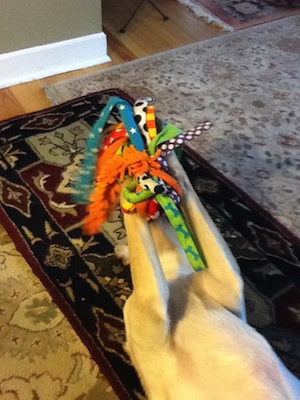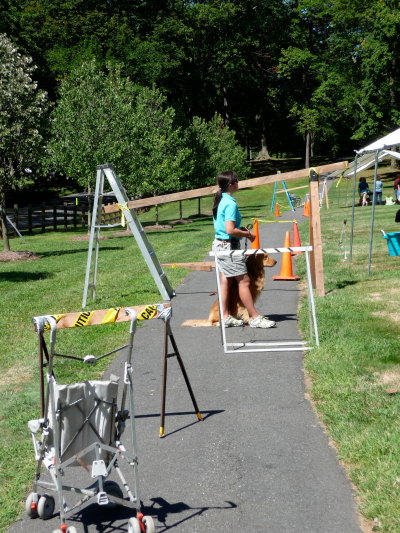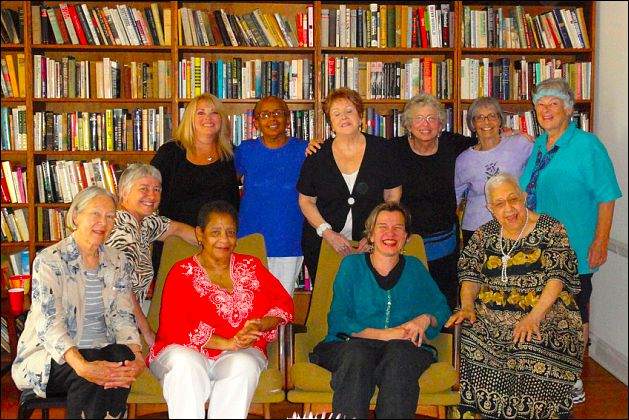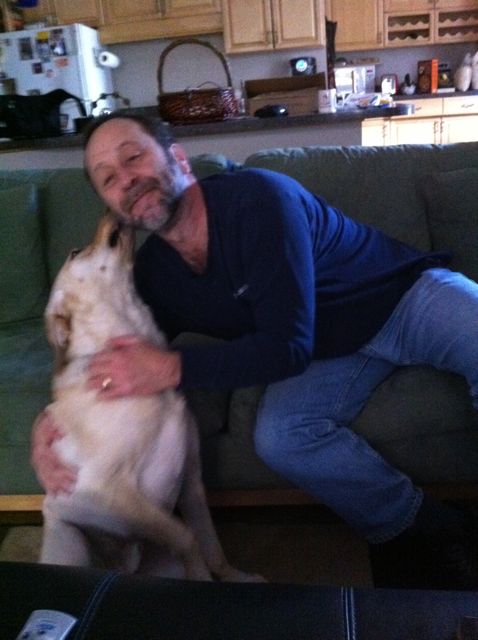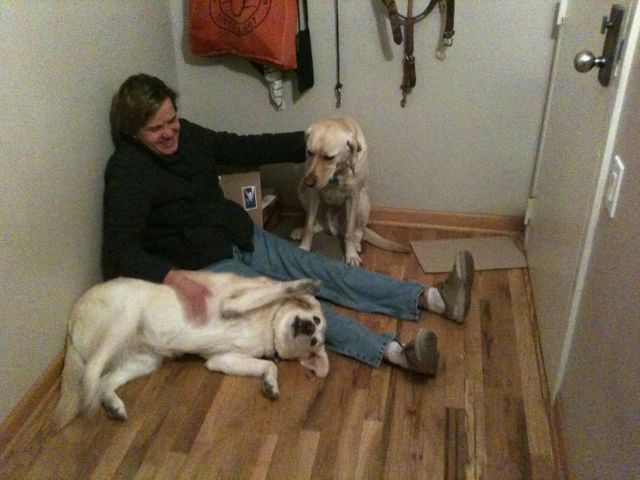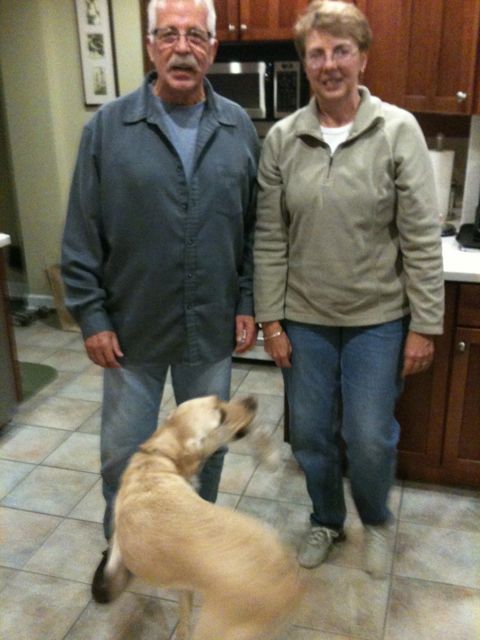The only thing I have in common with Jay Cutler
November 22, 2011 • 17 Comments • Posted in Beth Finke, blindness, UncategorizedI’ve always liked Bears quarterback Jay Cutler. “That’s because you can’t see his face!” my football-loving friends at Hackney’s (our local tavern) tell me. “You can’t tell what a whiner he is.” Ever since Cutler broke his thumb in last Sunday’s game, though, it seems like it’s those Bears fans doing the whining, not my Jay.
Confession: I don’t really follow NFL football much. The reason I follow Jay Cutler? He has Type I diabetes. I have Type I diabetes, too – that’s the disease that caused my blindness.
Two very different conditions are referred to as “diabetes” – Type I, formerly known as juvenile diabetes, and Type II, the kind that is often brought on by obesity or poor nutrition. Type II involves a breakdown in the body’s ability to process the insulin it makes. So with Type II, if you watch your diet and exercise, you have a fair chance of improving the condition. With Type II, you can even reduce or even eliminate the need for insulin injections.
Type I, the kind of diabetes Jay Cutler and I have, is an autoimmune disease. With Type I, the body attacks and destroys its insulin-making cells. No matter what we do (exercise, diet, whatever) our bodies are unable to make insulin. We either have to take multiple injections of insulin throughout the day, or wear an insulin pump. There is no behavior that causes Type I. Doctors believe it is a genetic condition often triggered by an environmental stress. A virus, for example.
Type I is usually diagnosed in childhood (I was diagnosed when I was seven years old) but in recent years it has become increasingly common for people Cutler’s age or older to be diagnosed with Type I. We test our blood sugar levels regularly to know how much insulin to take. The more we test our sugar levels, the easier it is to walk the tightrope between high and low blood sugars. It’s never a walk in the park, though, and I cannot imagine what it must be like to walk that tightrope with a football in one hand while the other hand is fending off 300+-pound gorillas rushing to knock me down. It wasn’t easy to find details on how Jay Cutler handles his Type I diabetes on the football field, but finally I found an interview in Diabetes Forecast magazine where Cutler was asked how he uses a blood glucose monitor to check his blood sugar level on game days. His answer:
I check my blood sugar about four or five times before the game—try to stay around 150 to 160 [mg/dl] before kickoff. Most of the time, I prick my finger every time we come off the field, especially in the first half. There are definitely dangers out there—we try to avoid them at all costs. That’s why we check as many times as we do. I think the worst thing imaginable would be to get really low and pass out in the middle of a play, or in the huddle. That would scare a lot of people. I try to avoid it as much as possible, but it’s still a reality that could happen.
The interviewer also asked Cutler if he worried whether his teammates, the media, or fans might blame his Type I diabetes as a reason for poor performance. His answer:
I hope not. I don’t want sympathy—I want to be judged like every other quarterback. But living with diabetes in the public eye does make it harder. If I go out and my numbers are off and I have a bad game, I know I’ll be criticized for it. I just try not to worry about it and go out and play my game.
I dunno. This guy just doesn’t sound like a whiner to me. I sure wish the diabetic magazine had asked him about that Packers game last year, though. You know, the one where so many Bears fans accused Cutler of not being a “team player.” Who knows? Maybe he needed a blood test.
